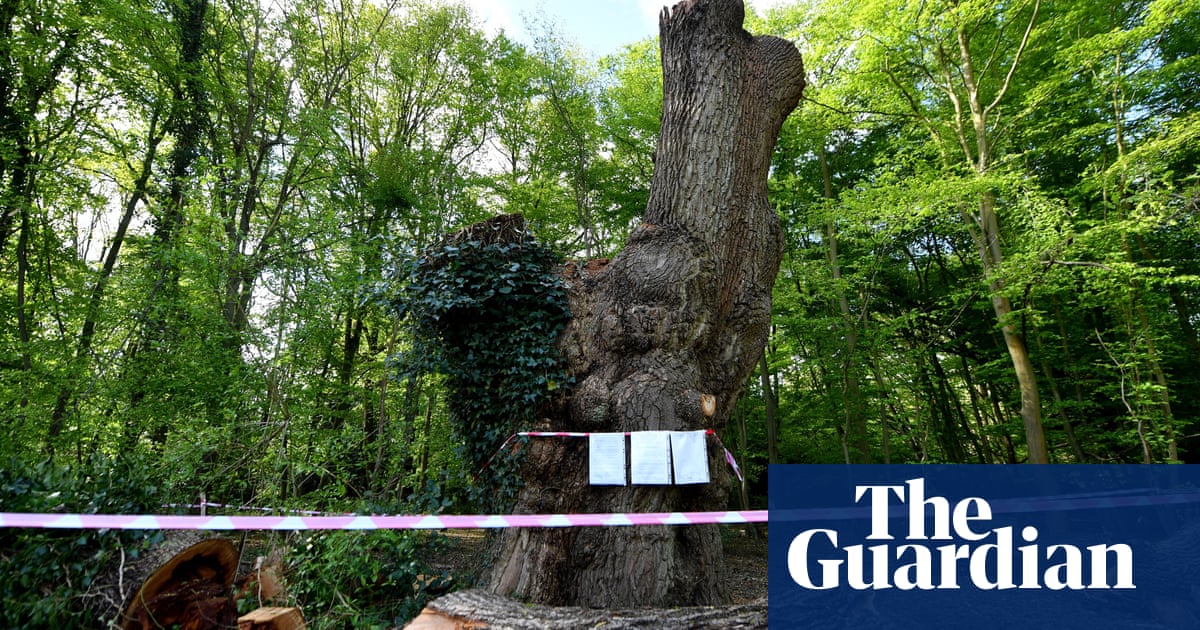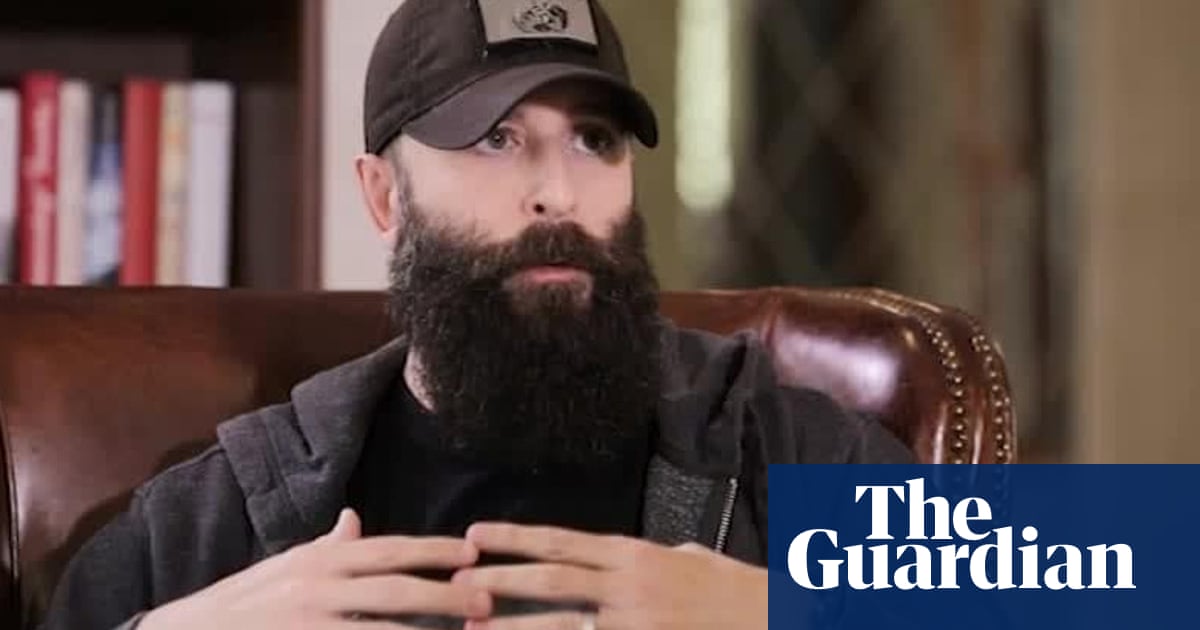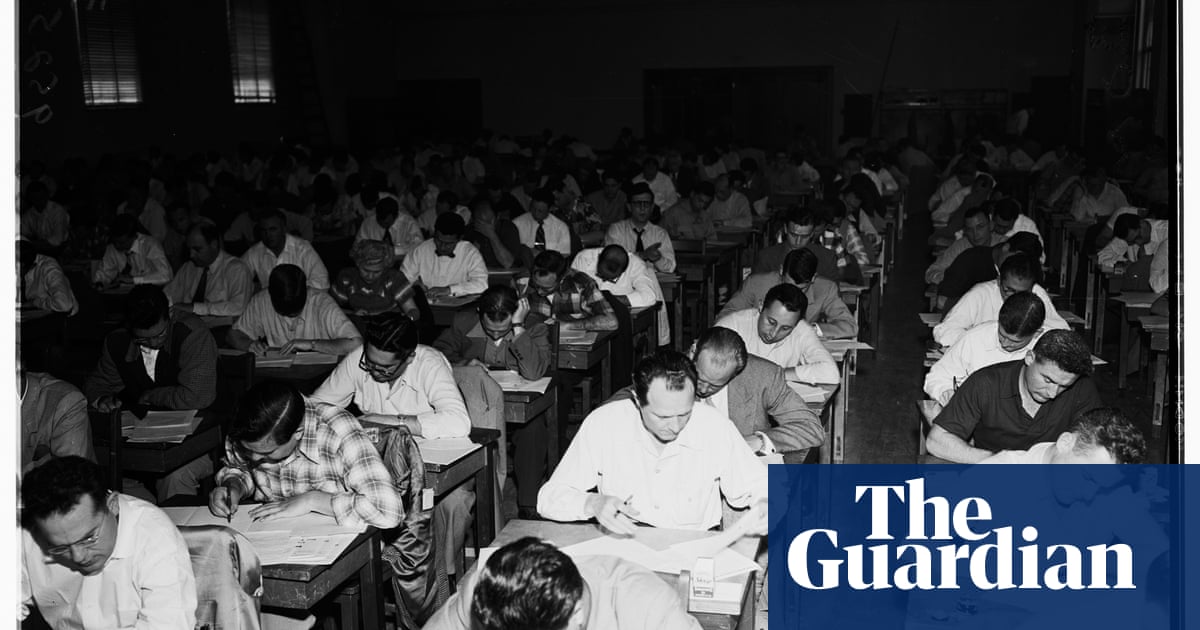If you think nostrils are just holes to breathe through, you’ve not spent enough time with Antony Gormley. A figure lying on its back, in this show of his early works, is made of solid sheets of lead, welded neatly into the form of a man, based like so much of his work on the dimensions of Gormley’s own body. Two small holes at the nose are the only perforations in an otherwise uniform metal structure. They’re not nostrils though, oh no: “Two holes at the nose reinforce the notion of the body as a conduit between physical and transcendent realms.” Gesundheit!
It’s the kind of overblown over-justification that has always blighted the work of Gormley. His body forms dot the country, peering out to sea along Crosby Beach, standing with wings spread at Gateshead, looming out at you from the lobbies of countless bank HQs. For the past 30-odd years, Gormley has been everywhere, his simple, stark figures acting as cyphers for the very act of existence in the modern world. Where you see a Gorm, you see yourself, you see humankind, persevering, surviving in nature, in the sea, in banks.
White Cube is focusing on his first steps towards becoming a household name, with early experiments in lead. These are the first footprints left by a giant of contemporary British art. The earliest, Land Sea and Air from 1977-79, is three boulder forms plopped on the ground, all grey and weathered and wrapped in lead. One is a granite rock from a beach in Ireland, the other two are water and air from the same place, though you’ll never know which is which unless you pick them up or give them a quick toe punt (don’t try it – the security guards are extremely vigilant at White Cube).

Despite its obvious poisonous qualities, the lead wrapping acts as a form of preservation, saving these elemental materials from destruction. And destruction at the time the work was made must have felt imminent, with Europe haunted by the cold war, nuclear annihilation a constant threat.
So Gormley turned to lead, the material of bullets, to save, record and preserve what we are. The middle of the gallery is filled with objects arranged in size, starting at a pea then a banana, a grenade, a lemon, a lightbulb, a club, a squash, a ball, each wrapped in lead. Next to it, lead bullets have been left a pile, a grey shape on the wall is a lead-wrapped machete. Violence, death, injury – Gormley saw it everywhere. The symbolism is incredibly heavy-handed, appropriately enough for lead, but it works.
Downstairs things get more familiar, as the gallery gets filled with Gorminators, the body-shaped statues that have become his signature. One lies face down with legs spread on the cold concrete, another pulls its knees into its chest and buries its head in its arms. The largest, a walking figure in the middle of the space, has had its head swapped for a huge 5m-long building. Each work is made of lead, the welding lines acting like enormous scars across their bodies. They’re desolate, desperate things.
after newsletter promotion

The messaging might seem clear, but Gormley always pushes for grandiosity, and I think that’s a shame. These can’t just be left as bodies preserved against imminent death. Instead, he says things like: “I have always thought of the darkness of the body as being equivalent to the darkness of the universe.” The insistence on the universal and transcendent, the idea of Gormley’s body as a metaphor, a stand-in for wider humanity, has always grated. It pulls it all out of the real and shoves it into the realm of existential nonsense. It makes the reasoning behind the work so vague and overblown, leaving it pretty meaninglessness in the process.
Which is a pity, because if you can manage to wade through the fog of waffle that engulfs these early pieces, there’s something quite special here. These are works of profound fear and paranoia. The lead that has replaced the flesh on these bodies is the material of war. They are human munitions now, bullets waiting to be fired, shields ready to be sacrificed. They cower in fear or lie prone waiting for inevitable annihilation. Everywhere he looks, he seem to see death looming. The work might be a product of its time, but it still feels upsettingly relevant today

 3 hours ago
5
3 hours ago
5













































